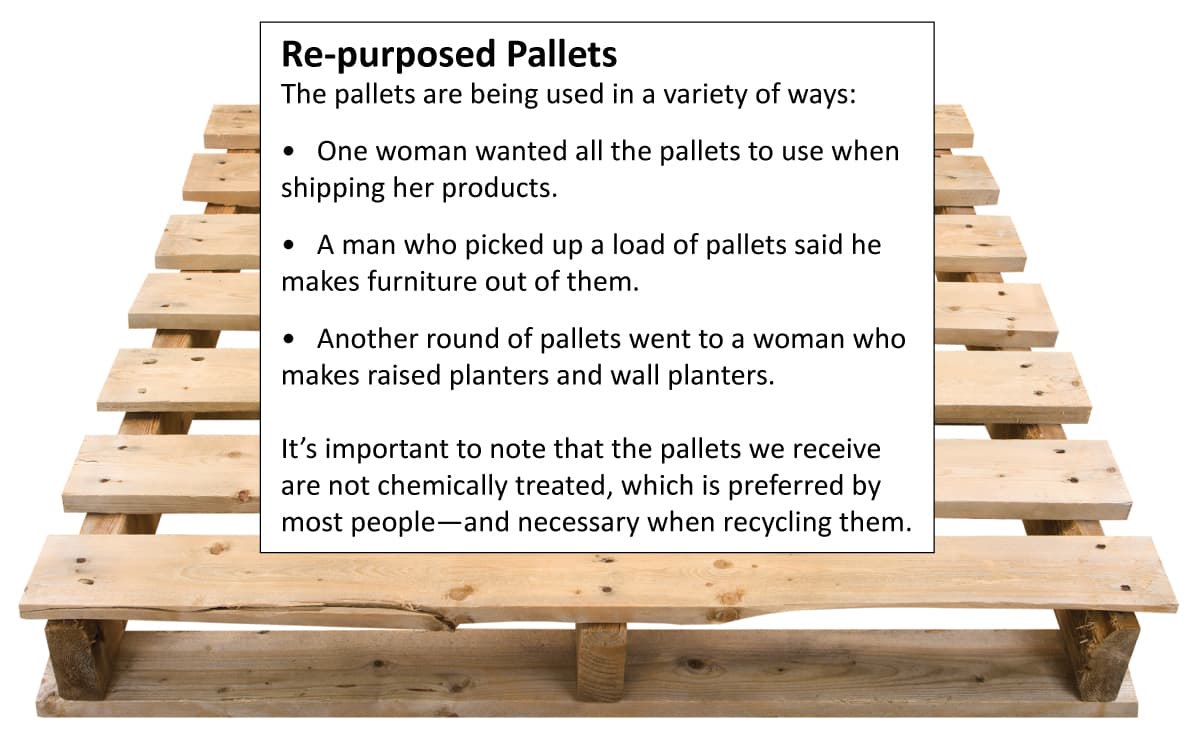OneNeck an Environmental Leader in Colorado

In a recent statement, the Colorado Department of Public Health & Environment recognized OneNeck IT Solutions, and its data center in Denver, Colorado, as an environmental leader in the state. On October 1, the Colorado Department of Public Health and Environment’s Environmental Leadership Program recognized more than 170 businesses—including OneNeck—for their the voluntary and significant environmental achievements.
“Having our data center named an environmental leader is an important first step for our company,” said Michael Brunson, manager of Data Center Facilities for OneNeck in Denver, Colorado. “It’s an achievement we are very proud of, yet, we know there’s more we can do.”
How did OneNeck achieve status as an environmental leader?
The process began with determining areas of environmental achievement/improvement and completing the ELP application. OneNeck identified the following:
- Reducing energy use by reclaiming the heat exhaust from our cabinets and using that reclaimed hot air to heat our building.
- Solid and/or hazardous waste reductions involved changing the way our cabinets were delivered. In the beginning, each cabinet was packaged in lots of cardboard and layered on pallets. In order to dispose of the waste, a dumpster was rented, loaded up and then trucked away to be emptied in a landfill.
Brunson asked for details on different cabinet packaging materials and learned the cabinets could be wrapped in two new packing blankets, without any cardboard. Today, that’s how all new cabinets are delivered. The best part, the packing blankets are donated to homeless and animal shelters, including Saint Francis Center and the Denver Animal Shelter.
As for the pallets, after each cabinet delivery, they are listed on Craig’s List as free. Within a couple days all the pallets were usually gone and re-purposed [see sidebar].
- Land use improvements or protection improvement involved eliminating soil erosion. Following construction of the data center in 2015, the west field was bare soil. To prevent future soil erosion, OneNeck invested in planting, watering and growing vegetation. Now, there lies a beautiful field—and no more erosion.
“This is an outstanding achievement, and one that our team is very proud of,” said Hank Koch, SVP of Data Centers and Managed Services at OneNeck. “Ensuring that our environment is healthy and protected matters greatly to us all! We only have one Earth and it must sustain healthy life and growth. Making small changes really matters and we must all do our part.”

 As for the pallets, after each cabinet delivery, they are listed on Craig’s List as free. Within a couple days all the pallets were usually gone and re-purposed [see sidebar].
As for the pallets, after each cabinet delivery, they are listed on Craig’s List as free. Within a couple days all the pallets were usually gone and re-purposed [see sidebar].

